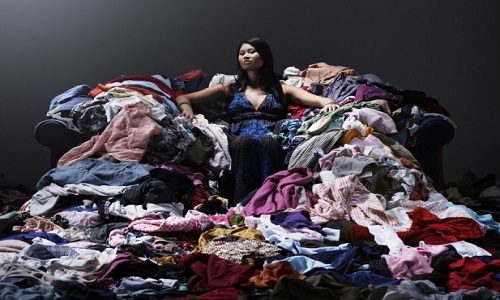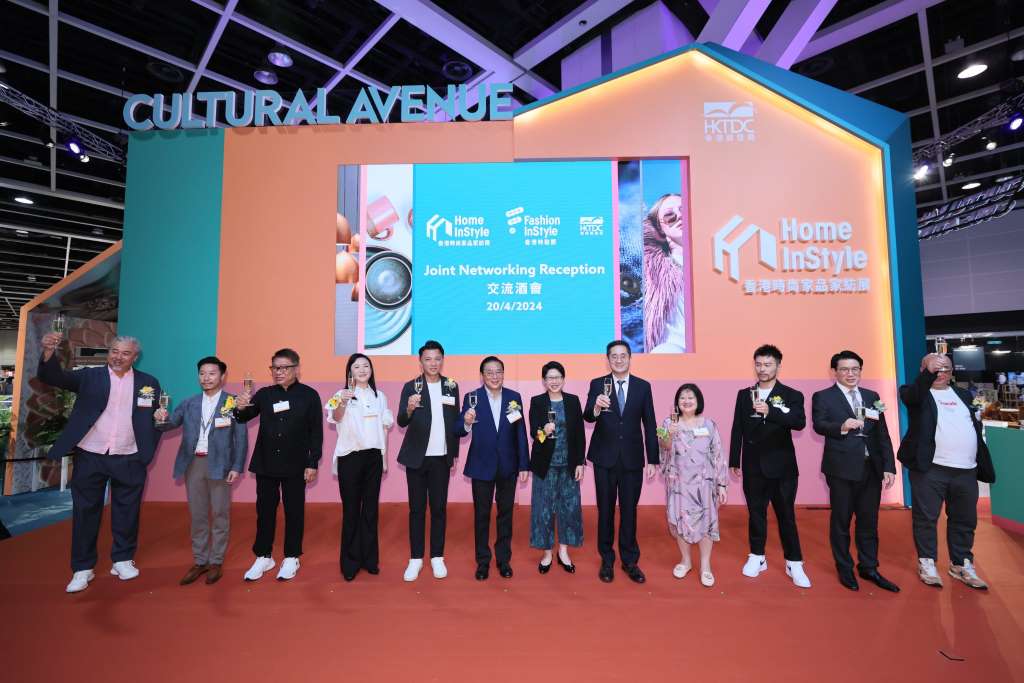"The fast fashion trend of today is posing a challenge for the global dream of sustainable fashion. The millennial contemporary fashion is using up a vast amount of natural resources, thus making sustainable fashion a distant dream. With fast changing fashion trends becoming an integral part of modern life, the ecological footprint of the country is in many ways second only to oil and the statistics increasingly illustrate the threat looming large. In the US alone, 80 billion pieces of clothing are now purchased each year, 400 per cent more than just two decades ago."

The fast fashion trend of today is posing a challenge for the global dream of sustainable fashion. The millennial contemporary fashion is using up a vast amount of natural resources, thus making sustainable fashion a distant dream.
With fast changing fashion trends becoming an integral part of modern life, the ecological footprint of the country is in many ways second only to oil and the statistics increasingly illustrate the threat looming large. In the US alone, 80 billion pieces of clothing are now purchased each year, 400 per cent more than just two decades ago. In the UK, domestic clothing consumption increased from one million tons in 2010 to 1.1 million in 2015. Moreover, the average household owns around £4,000 worth of clothes, nearly a third of which hasn’t been worn for at least a year, meaning that UK consumers are hanging on to roughly £30 billion of unworn clothes reveals WRAP’s 2012 ‘Valuing Our Clothes’ report. In fact this is a trend world wide as fashion is becoming fast changing and far reaching.
Demand and availability of unused clothing pose a threat

The WRAP’s report also reveals that textiles accounts for five per cent of the UK’s total carbon and water footprints. Manufacture of textiles around the world and especially in the developing countries use up vast amounts of natural resources and often results in hazardous gases, pesticides and dyes being released into the environment. Adding to this the drastic increase in demand for fashion clothing and its availability appears to put pressure on end markets. In the UK, the amount of textiles collected for reuse and recycling increased nearly fivefold in the last 20 years, peaking at an estimated 650,000 tons in 2014.
While some of the markets have been struggling lately, some East African countries are considering banning the import of used clothing to their countries. Elaborating on the reason Cécile Martin, WRAP Technical Specialist in Textiles says for long there has been a debate about the impact of exported clothing on countries’ domestic industries, especially because Africa also receives first virgin goods from Asia, also of a lower quality, though WRAP has no official research on the impact.
However, serious effort is required for the clothing industry to become sustainable from end to end making production and design more resource-efficient, and phasing out dangerous chemicals, to ensuring clothing is more durable and has a sustainable outlet once the clothing is outdated for the first user.
WRAP announces Sustainable Clothing Action Plan (SCAP) initiative
To promote the concept of sustainable clothing WARP has put forth the Sustainable Clothing Action Plan (SCAP) and is forming the basis for a European-wide action plan on clothing, ECAP. A key part of SCAP’s work is focused on designing for durability as it would result in significant carbon, water, and waste reduction. WRAP has also introduced the ‘Sustainable Clothing Guide’, which provides tips on making clothing more durable – both in terms of physical attributes and emotional durability. The guide identifies the top five actions for eight key product categories: children’s clothing, occasion wear, knitwear, tailoring, denim, sportswear, casualwear and underwear. In other efforts WRAP’s extensive SCAP Knowledge Hub, offers different initiatives, processes and technologies that organizations could use in attempts to lessen their environmental impact.












